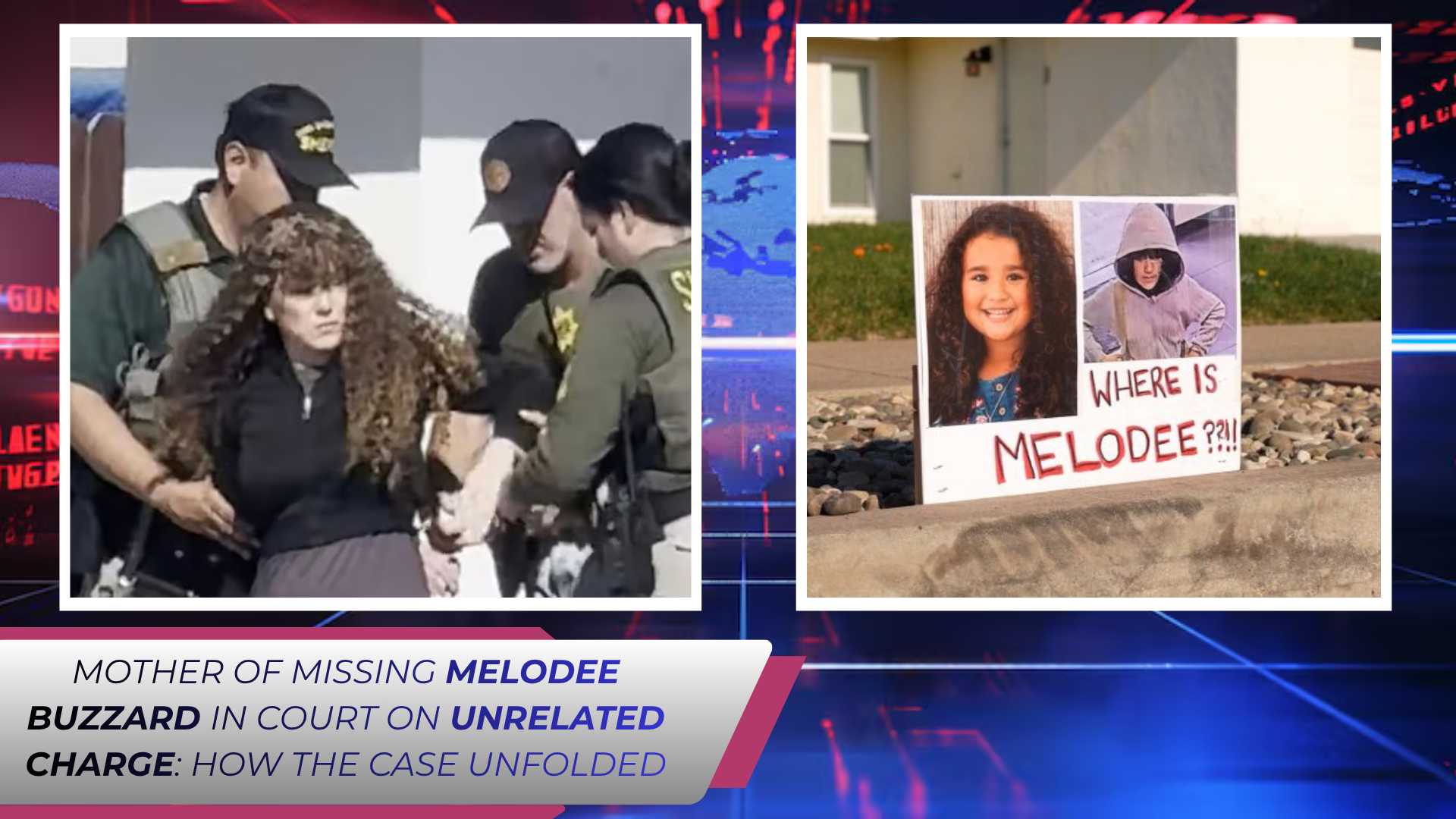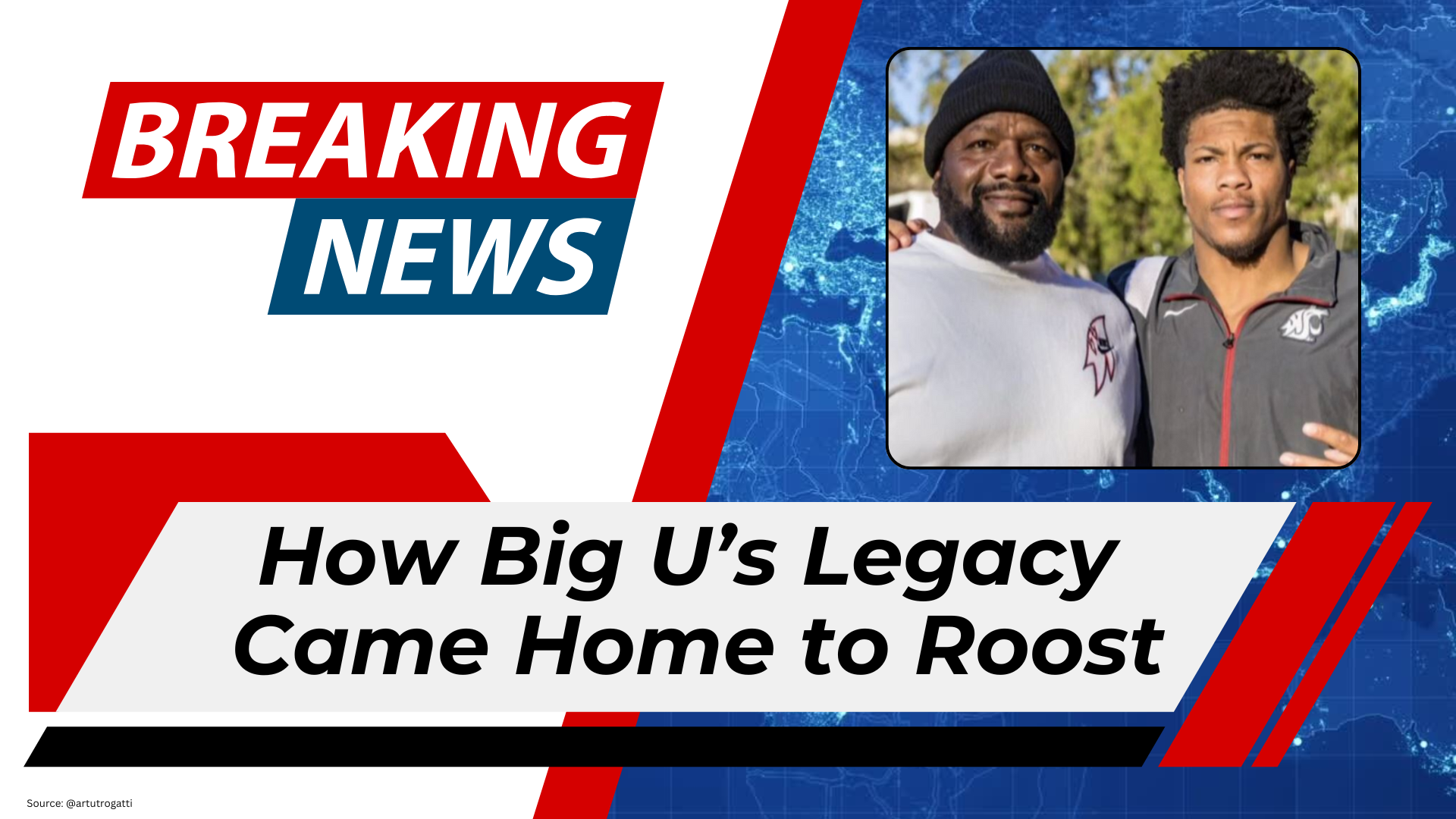In a sweeping operation in Memphis, the Department of Homeland Security (DHS) announced the arrest of multiple gang members, convicted pedophiles, and drug traffickers as part of a broader law-enforcement initiative tied to Donald Trump’s pledge to tackle violent crime in the city. The arrests come ahead of a planned weekend return leg of the crackdown and follow a federal directive to deploy additional resources to Memphis in a show of federal resolve.
While 5-1 victories may make headlines in sports, here the 5-1 lead refers to the number of major offences tackled in this phase of the operation: gang violence, child exploitation, drug distribution, illegal firearms, and human trafficking. These arrests were made in coordination with local law-enforcement partners and mark one of the largest federal-local cooperation efforts aimed at crime reduction in Memphis this year.
A Task Force Driven by Political and Public-Safety Imperatives
The operation in Memphis is part of a broader strategy announced by President Trump to build out federal task-forces in cities he has identified as having “deeply troubled” public-safety records. The president cited Memphis’ high rates of violent crime, including murder, as justification for a full-scale intervention — including deployment of the National Guard and a coalition of law-enforcement agencies such as DHS, the Federal Bureau of Investigation (FBI), the Drug Enforcement Administration (DEA), and the U.S. Marshals Service. AP News+2Wall Street Journal+2
DHS issued a statement saying the arrests were part of “a focused effort to remove dangerous individuals who exploit our communities” and that the campaign in Memphis would support the new Curated Memphis Safe Task Force led by Attorney General Pam Bondi.
Arrests and Offender Profile
According to DHS, among those arrested in the Memphis operation were:
- A convicted child-sex predator listed as having previously committed offences involving minors.
- Gang members associated with violent street gangs, including recidivists who had been deported previously and returned illegally.
- Drug traffickers arrested for distributing hard narcotics and weapons across the Memphis metropolitan area.
DHS characterised the activity as “gang-driven, drug-driven, child-exploitation-driven,” and stated the operation disrupted several networks that spanned urban centres and cross-state lines.
Why This Matters — and Why Some Are Skeptical
For the city of Memphis — historically one of the higher-violence cities in the U.S. — this operation carries symbolic and practical weight. From law-enforcement and political perspectives, this kind of public-safety surge signals a shift: federal actors stepping in with direct engagement rather than passive support.
In Memphis, Mayor Paul Young expressed mixed emotions. While acknowledging the need for resources, he questioned whether the militarised nature of the intervention might undermine community-policing relationships and trust. Some civil-rights groups similarly cautioned about enforcement without community involvement and potential consequences for civil liberties. These concerns echo criticism of similar federal deployments in other cities under the Trump administration. The Washington Post
From a public-safety standpoint, DHS officials emphasise the message: criminals exploiting vulnerable communities will be targeted. The arrests are intended not just to remove offenders but to send a deterrent signal.
The Broader Strategy Behind the Headlines
President Trump has framed his public-safety policy as “America must be safe again,” with urban crime central to the message. The Memphis operation fits into this broader narrative, replicating earlier deployments in Washington D.C. and Los Angeles, and potentially to Chicago and New Orleans. Reuters+1
DHS described this task-force model as one that combines intelligence, immigration enforcement, local-federal cooperation, and tactical disruption of criminal networks. The agency noted that gang membership, cross-border drug-trafficking, and child-exploitation are intertwined crimes that require coordinated responses rather than piecemeal arrests.
Local Impact and Community Response
For residents of Memphis, the announcement creates both hope and urgency. On one hand, seeing federal agents working alongside local police to remove violent offenders brings reassurance. On the other hand, community leaders emphasise that arrest figures alone cannot rebuild trust or reduce violence overnight — sustained engagement, youth outreach, economic opportunity, and policing reform all remain critical.
DHS, for its part, highlighted that arrest operations are the first phase: “removal of the threat” must be followed by partnering with local agencies to strengthen prevention. That loop — enforcement followed by outreach and reform — will determine whether the intervention has lasting impact or is just a flash-in-the-pan deployment.
What Comes Next
DHS and the Memphis Safe Task Force will oversee the operation’s next weeks. Key areas to monitor will include:
- The number of arrests and prosecutions converted to convictions.
- Repeat-offender rates and recidivism post-operation.
- Local crime statistics over the next quarter to assess impact.
- Community sentiment and policing-trust metrics, especially in minority communities wary of federal enforcement.
- Coordination with programs that address root causes of crime — such as school-based interventions, job training, and violence-interruption networks.
A Pivotal Moment for Federal-Local Cooperation
There’s a broader lesson in this crackdown: crime is both local and national. While many violent offences happen on city streets and are handled by municipal agencies, federal actors argue that the scale and sophistication of gang and trafficking networks often transcend local boundaries.
As one DHS official put it:
“Our mission is to ensure that criminals who escape local jurisdiction do not escape justice entirely — whether they cross city blocks or cross state lines.”
For Memphis, this may mark a turning point — or at least an opportunity. If this intervention pushes crime rates downward and strengthens local-federal relations without undermining community trust, it could become a model for other cities. If not, it risks being dismissed as political theatre.
%20(4).png)



.png)
.jpg)



